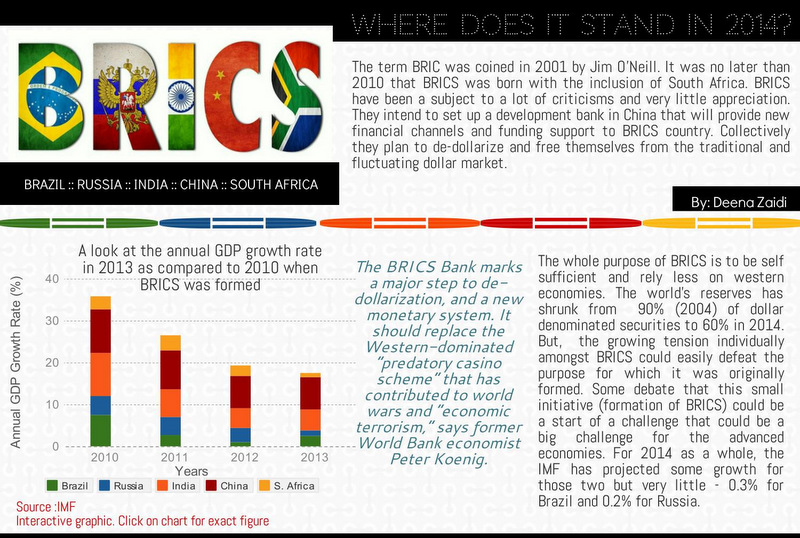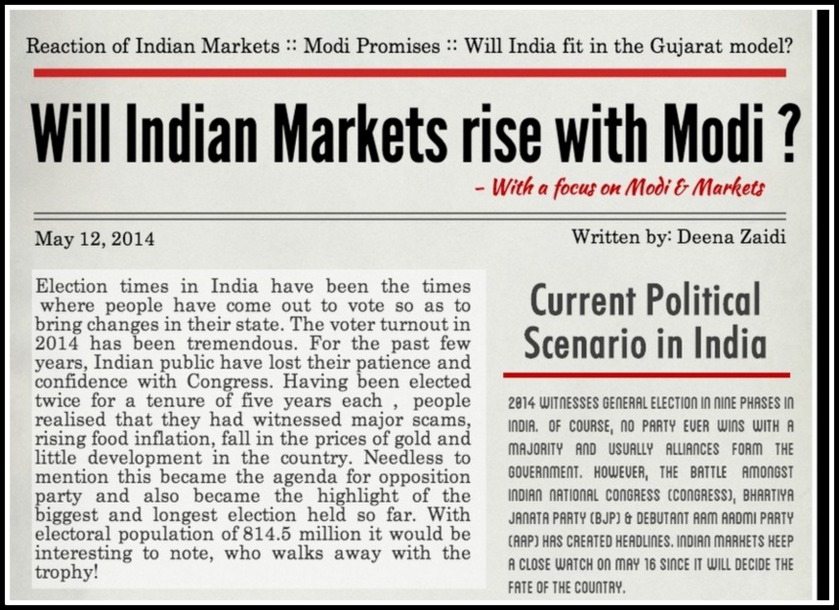With the talks of a New Development Bank in China, BRICS has managed to raise some questions. Will the association of emerging markets manage to create stir in the the global economy or will it be another alliance of economies that just have meetings over nothing. Amidst many criticisms, economies of Brazil and Russia can pose more complication than contribution to the group. But it is definitely too early to completely write off BRICS.



